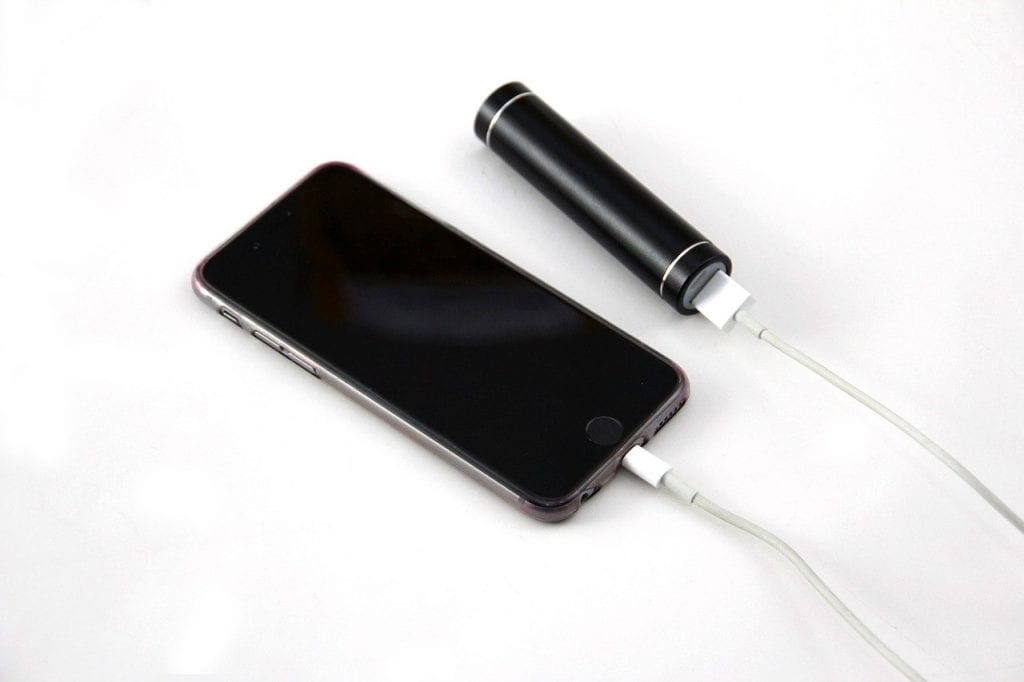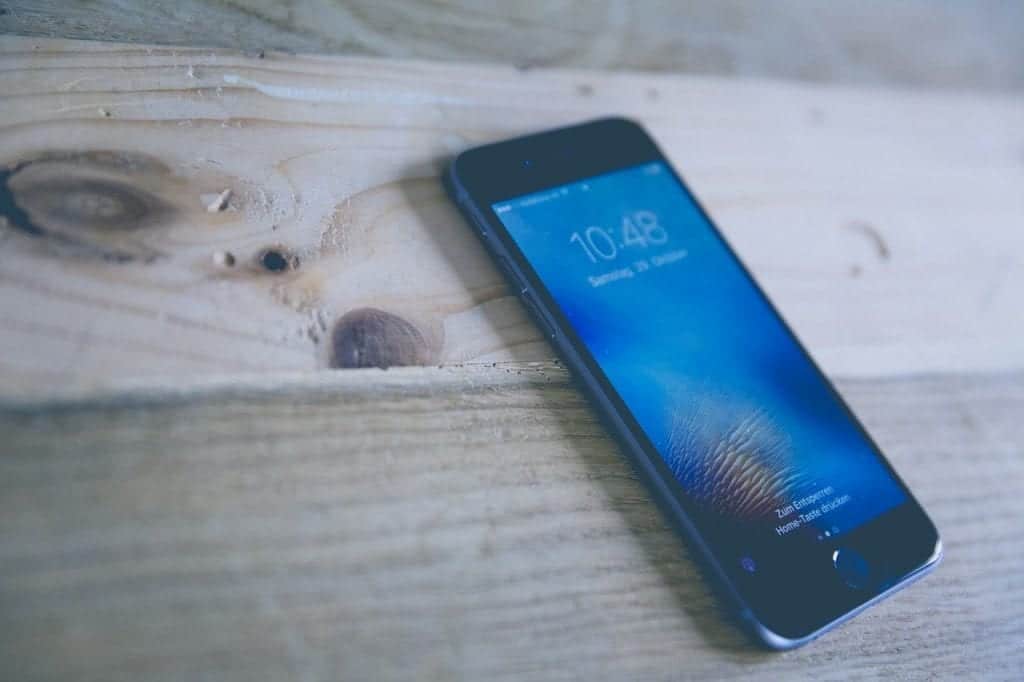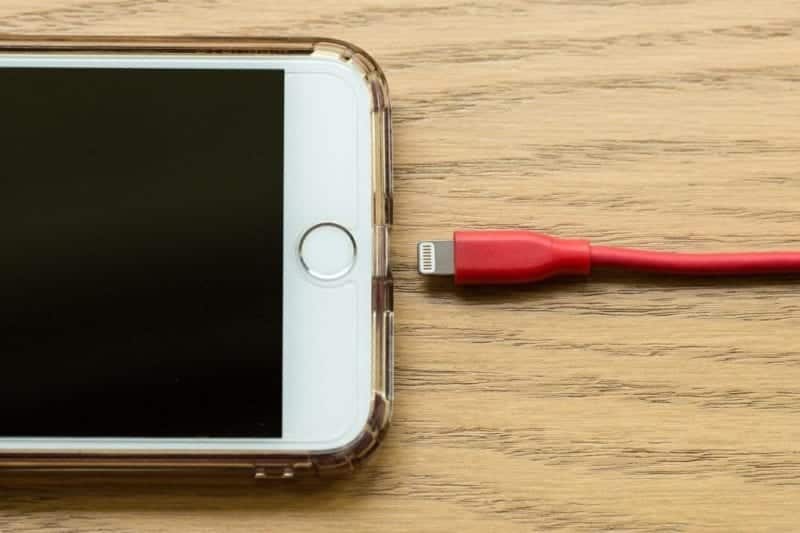One of the disadvantages of powerful smartphones is short battery life. In this article we give you several very simple recommendations to save battery life and extend the life of your phone with Android OS. Some of these methods can be applied on other smartphones such as Windows and iOS (Apple iPhone).
Article Content
Reduce screen brightness
The relationship between battery consumption and screen brightness is closely linked. We usually set our device to very high screen brightness or activate automatic mode, which consumes more power than the average level. The best option for battery life is adjust the brightness manually to the minimum level without affecting our visibility. If you have never done it, we recommend configuring this first tip; Doing so will have a positive impact on the battery life of your smartphone or tablet.
You can change the screen brightness by entering Settings => Display => Brightness level.
Disable unused modules
When we use our Android tablet or smartphone, it is easier to access notifications through the top bar by also enabling quick settings, that is: we activate Bluetooth, GPS, data transfer, WiFi. Each module consumes battery. If we want to save it we must turn off the one we do not use. You can set WiFi to turn off automatically when the screen goes blank.

If you are not using Bluetooth headphones or your device does not communicate with other devices with this feature, turn it off.
Reduce downtime
When you stop using your smartphone it will turn off the screen and go into sleep mode until you use it again. Setting the shortest time possible is the best option (by doing this we will prolong the life of the battery). There are different minutes for it to go to sleep through the screen settings (from 5 or 30 seconds to a maximum of 30 minutes).
Close background apps
The Google system allows you to have all recently used applications open in the background; This is done so that when they are used again, it speeds up their restart and places us in the activity we carried out on them the last time they were used. However, the more applications and processes running in the background, the greater the battery consumption. being necessary close unused programs on the device. This is done by entering the preview of recently used applications (we can find it hidden under the square symbol on the system buttons or it appears after holding down the Back or Home button), we move the selected windows to the sides. Some devices add the function of closing all programs with a single touch.
Often Repeatedly closing and resuming processes can use the same or more power than an app that is idle in the background, it can also negatively affect system performance and stability.

If you are near the router, change the data connection to WiFi
It has been shown that connecting through WiFi consumes less energy than when we connect with 3G/4G data transmission. So if you are near the router, disconnect your data traffic and connect to your wireless network. You will have a better connection, more battery and you will save data.
Backup to Google account and photos
If you trust to save your password, data, and settings on Google servers to restore them to other devices and log in to your account, disable backup. Also to extend battery life you can disable photo and video backup in the Google Photos app.
Software update
If you need to update your smartphone's software, you must run it with AC power connected. In the software update, the CPU, RAM, internal or external memory (microSD card) and other resources work at the same time, causing the battery to drain quickly.
When you charge your cell phone it will heat up to a greater extent, so we recommend placing the device on a glass table to reduce the temperature. If your smartphone has a case, you should remove it while charging to limit temperature rise and improve heat dissipation.
Observe the power consumption of applications
From time to time you need to enter configuration or settings and review the flange Battery for Observe which applications consume the most energy. If one of them disproportionately drains system resources relative to the frequency of use, check that it is not running in the background or replace it with another application.
Enable power saving mode
It is not present on all devices, but if your terminal has it you can try it. Its activation allows the Reduced processor power resulting in lower battery consumption. Some devices have the function to activate an extreme mode that limits its functionality to a minimum, and extends battery life for longer.
Power saving mode turns off all networks, so communication with the outside world will be completely suspended, and there will be no data synchronization.
Using two SIM cards
One of the reasons why the battery level decreases quickly is due to the use of two SIM cards in the phone. We can have one phone number for private purposes, and another line for business purposes, it is a great feature but, unfortunately, it translates to greater energy use to operate the network and resource consumption.
Set a preferred network type
It is the solution for those people who use dual SIM. Many users use one SIM card for Internet connections and the other for phone calls. If you are that type of user, change the calling card network to 2G mode. You must follow the following steps: Settings => Cellular network => Preferred network type.
By default, through the preferred network type settings, we can define a range of 2G/3G/4G networks.
Turn off sync
Many Android users like their emails to send notifications promptly. However, this also consumes the working time on the terminal's power. Instead you can disable automatic data sync in the Accounts tab in the configuration or settings section.
Disable widgets, unnecessary sounds and change to a static wallpaper
These small and insignificant functions will greatly extend your battery level. You can use your smartphone without unlocking sounds or keyboard vibrations while typing. Also live wallpapers consume energy, Consider disabling these features to extend your battery.
notification mode
We have four options to configure to establish SMS and incoming call notifications, below we present in ascending order those that consume the least energy to the one that requests the most work.
- Silent: This is the notification option that consumes the least energy. You can set it when the battery is about to run out and you need to make a call.
- Sound: This is a good option to configure when we are located in a place where noise does not disturb other people.
- Vibration: these types of notifications are necessary when we are in a conference or work meeting so as not to disturb other participants. However, it is the worst enemy of battery saving.
- Vibrations and sound: it is one of the options that most drain the life of your battery, if your purpose is to increase the power of your mobile, select another configuration.
Some smartphones have a notification LED; This LED consumes little energy, but you can also deactivate it by going to: Settings => Applications and notifications => LED.
Games and movies
Playing games and watching movies consume 100% of the device's CPU, RAM and power resources. Some advanced functions allow us to configure the phone so that the battery does not drain quickly thanks to a game or video; However, for this it is necessary to root our terminal.
Advantages and disadvantages of rooting our smartphone
Advantages:
- Greater control over the system and applications, it also allows you to eliminate pre-installed applications.
- Ability to delete non-removable files (files that cannot be deleted like a normal user).
- Possibility of creating a ramdisk or virtual disk for temporary files.
- Install an alternative operating system that will replace the original.
Disadvantages:
- Loss of equipment warranty.
- Vulnerability to threats and attacks due to security weaknesses in the software used.
- Little possibility of installing official updates from the smartphone manufacturer.
Disable personalized advertising
Google collects all our information in order to show us ads related to our searches and tastes. Although the advertising displayed is related to our needs, this implies internet consumption by sending our data to a remote server. The good news is that we can disable personalized ads.
You need to go to: Settings => Google => Ads and select the option Opt out of ad personalization.
In conclusion
Power consumption on a smartphone can be classified as active and passive. The first refers to those applications or modules that run in the background communicating by sending data, updates and communicating with the outside world. The passive ones are those that are activated when the user uses them. Some research based on Android 8.0 determined that the following applications are the ones that cause the most energy consumption on our terminal:
- Facebook Messenger
- Google Play services

Expert in SEO/SEM and communication on social networks.
CEO at tecnologia.net and passionate about everything related to technological progress






